I Didn't Die in Montana: Hank Williams Jr. on Ajax Mountain
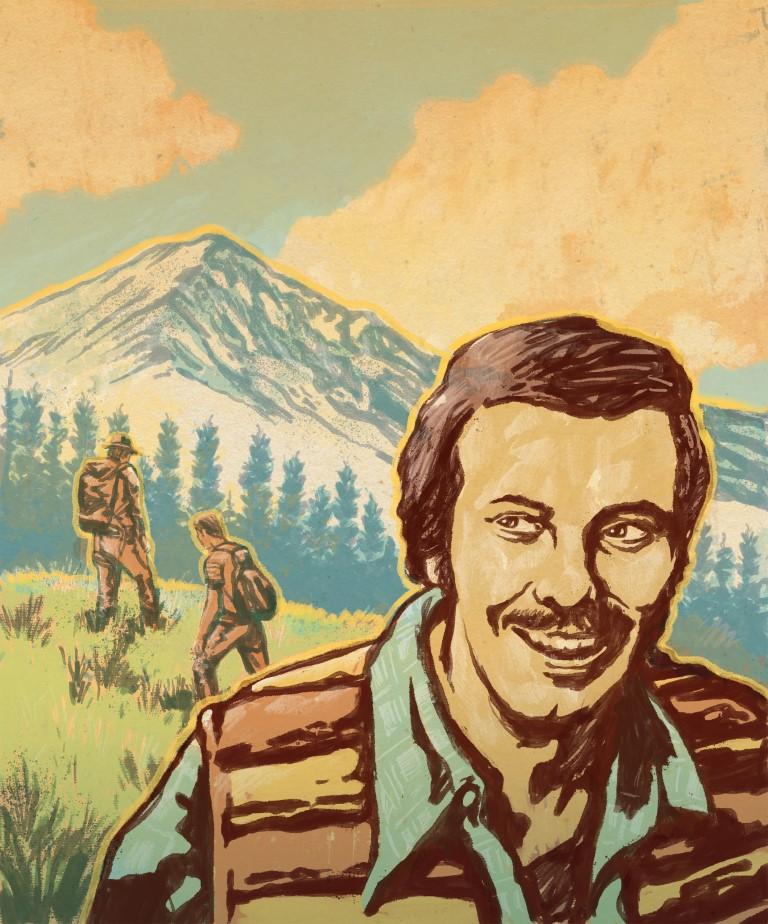
The saga of country music in America has all too often been a road map of fortuitous rises and calamitous tragedies, usually in that order. It had been that way for Hank Williams Sr., whose meteoric rise as the "Hillbilly Shakespeare" was mirrored by his descent, ending in the backseat of a 1952 Cadillac. That was the rhythm; rise and fall, rise and fall.
Not Hank Jr.
His story, or at least the part of it that takes place between 1975 and 1978, is the inverse: a tale of downright gruesome tribulation followed, implausibly, by great success.
But on August 8, 1975, success seemed very far away. In fact, Hank Jr.'s chances of survival seemed mighty slim as he lay in the sun, covered in blood and melting snow.
Earlier that afternoon, Hank had set out with a local named Dick Willey to hike and search for mountain goats in a remote part of Ajax Peak, a mountain on the border of Montana and Idaho near Wisdom that resembles, in Hank Jr.'s own words, "a green-and-brown jagged tooth capped with white enamel... a smooth white blanket of deceptively simple terrain." . As Hank wrote in his autobiography Living Proof, coauthored by Michael Bane, "There's probably been snow on top of Ajax since the day after creation, and there'll be snow there long after any of us will be around to appreciate it." Indeed, there was snow that year, even that late in summer. Hank, Dick, and Dick's son Walter gingerly stepped through the white expanse, stepping in each other's footprints and trying to be careful where they set their weight. Hank said that, in the moments before his near-fatal misstep, he was reflecting that "it's amazing how clear your mind can get when there's nothing but that flat expanse to concentrate on."
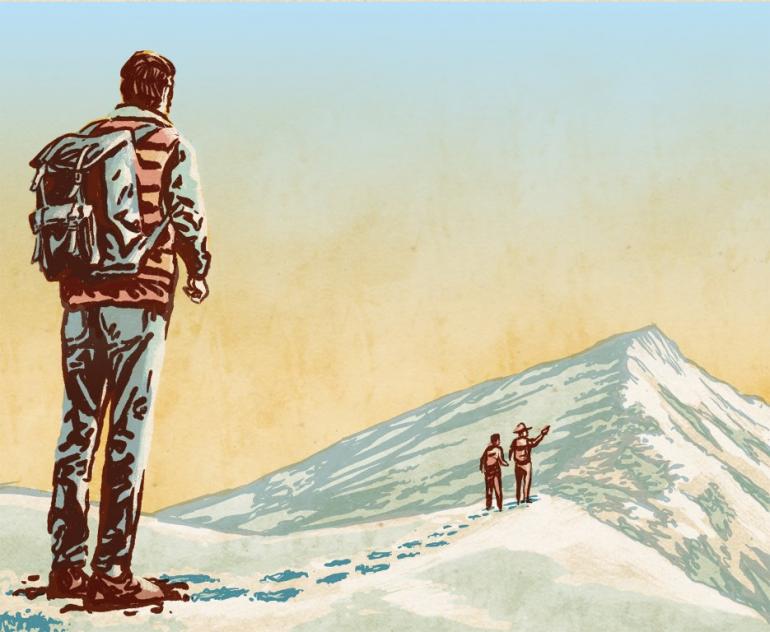
Step by step they made their way across the expanse. Though cautious, they felt some growing confidence. Soon Dick and Walt were already across the snow to the safety of the other side. Hank put his boot in Dick's print and tested it for his weight. At 205 pounds, he was the heaviest of the three hikers so his foot sunk a little deeper than Dick's had, but it seemed stable. He took his weight off from his left and shifted it, tentatively, to his right foot.
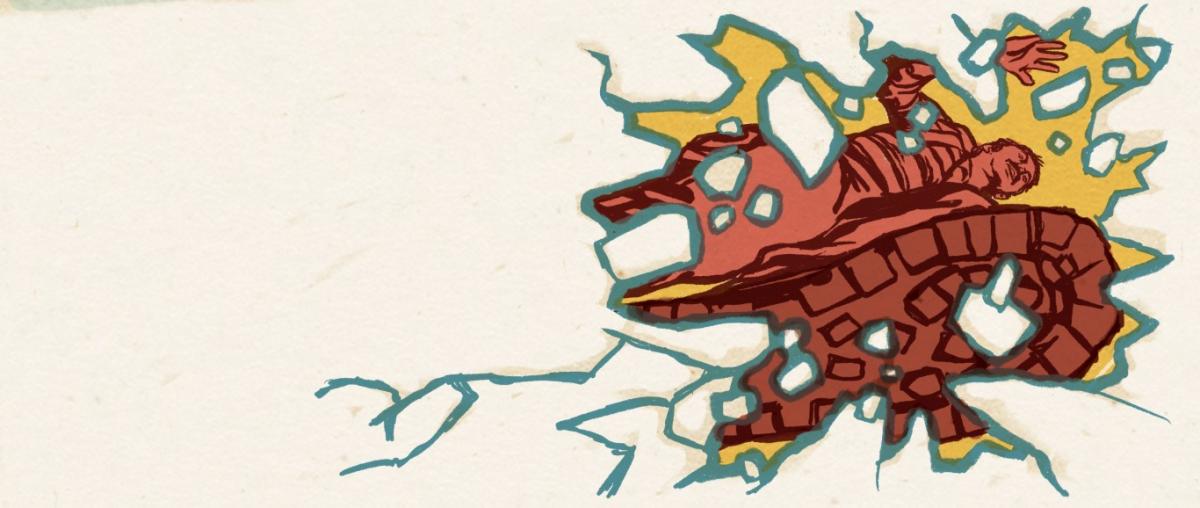 Something under his right foot moved. Williams looked around him, panic beginning to set in before he understood why. Adrenaline shot through his veins, and he quickly shifted his weight back to the perceived solidity of his left leg's footing, but the snow underneath was already shifting. In an instant that felt like an eternity he realized that the snow was falling, and he was falling with it. "And I am two beings," he wrote of that horrible moment. "One is an animal, insane with primeval fear, clawing at the air, gulping great draughts of air, looking frantically for escape. The other is very, very rational, a warmth that fights the insane fear. Be calm, because there's no escape. You're going to die here. You're already dead."
Something under his right foot moved. Williams looked around him, panic beginning to set in before he understood why. Adrenaline shot through his veins, and he quickly shifted his weight back to the perceived solidity of his left leg's footing, but the snow underneath was already shifting. In an instant that felt like an eternity he realized that the snow was falling, and he was falling with it. "And I am two beings," he wrote of that horrible moment. "One is an animal, insane with primeval fear, clawing at the air, gulping great draughts of air, looking frantically for escape. The other is very, very rational, a warmth that fights the insane fear. Be calm, because there's no escape. You're going to die here. You're already dead."
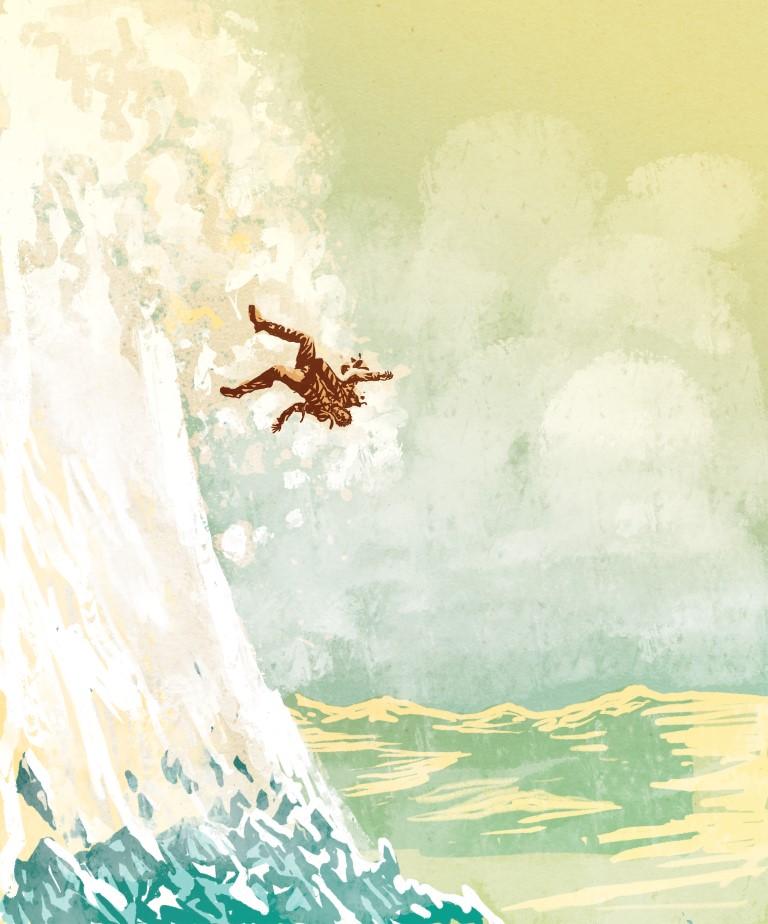
Sliding, he picked up speed. Snow that had frozen, melted, and refrozen into shards tore at his skin while rocks, jutting out of the snow like land mines, struck his head and body, leaving large gashes but failing to slow his descent.
The rational part of his mind may have resigned itself to death, but not the screaming animal part. His hand fumbled toward his holster. For a hopeful moment he aimed to try to pull out his pistol and lodge it, somehow, in rocks as he fell, but he couldn't get it out.
"The holster's too tight," Hank remembers bitterly in Living Proof. "What a joke."
Badly lacerated and stunned, Williams was still aware enough to realize he was nearing the bottom of his fall—and that the worst lay ahead. He was speeding toward some boulders that, if he struck them, might be enough to finish him off. Gathering together what was left of his sanity, he drew up his legs and pressed off of the slope just before hitting the boulder.
For a moment, he was airborne, flying like a ragged, battered bird toward the sun, toward the lake, toward safety. Then he struck more rocks, hard, tumbling over until, as he vividly describes it, "I am a bobsled."
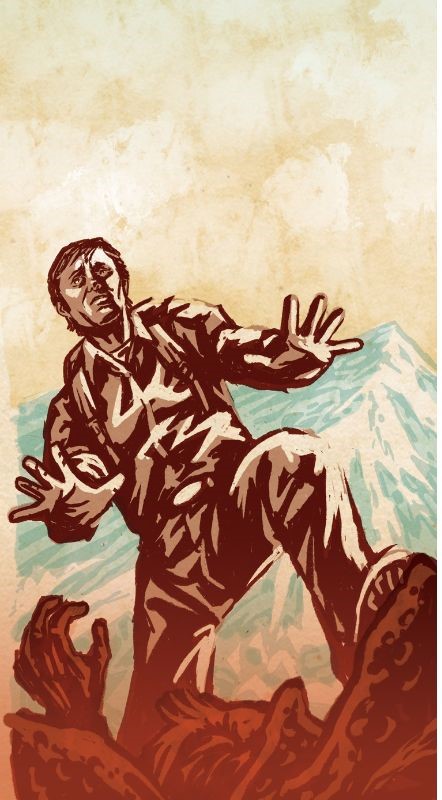
He was, once again, sliding downhill, but faster now. And headfirst. Bloodied and bleary, his face and limbs broken, he was still able to see that there was another large rock coming toward him.
"It's gray and ridged, sort of like a big tomahawk. I'm lined up for it, as if someone started at the top of the mountain and aimed me at that gray boulder. The ridge is aimed at my nose, and I'm sliding and there's nothing I can do," he wrote.
Hank Williams Jr. hit that rock going fast. He said that he'll never forget the sound it made, hearing his own head crack open.
When Dick and his son Walt reached his body, they couldn't believe he was still alive.
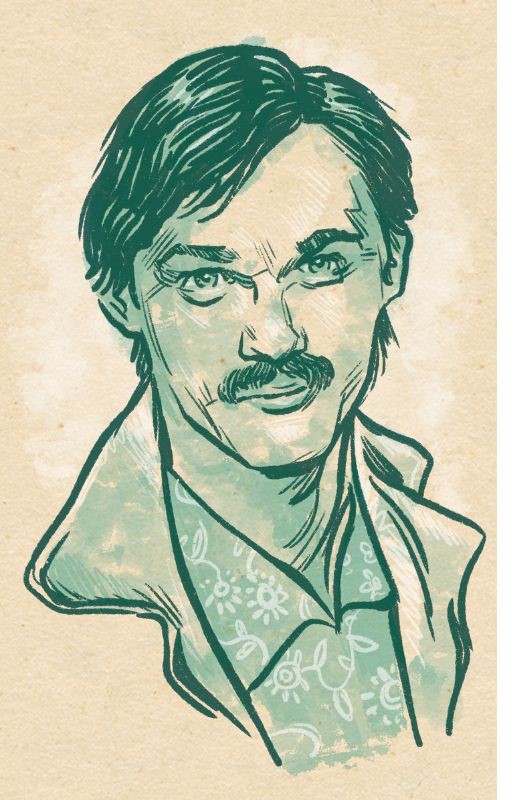 The 1983 TV movie Living Proof, filmed after Hank Jr. had become a huge star in his own right, is necessarily sanitized. Richard Thomas, best known as John-Boy Walton on The Waltons, does a capable enough job of conveying the queasy panic of the moment that Hank lost his footing, but the film's portrayal of the accident itself pales in comparison to the horror of the actual incident.
The 1983 TV movie Living Proof, filmed after Hank Jr. had become a huge star in his own right, is necessarily sanitized. Richard Thomas, best known as John-Boy Walton on The Waltons, does a capable enough job of conveying the queasy panic of the moment that Hank lost his footing, but the film's portrayal of the accident itself pales in comparison to the horror of the actual incident.
When Dick and Walt reach Williams's body, for instance, his face is decorously blocked from view by foliage. But then, the safe-keeping of the network standards and practices department would never have allowed a depiction of the breadth of Hank Williams Jr.'s full injuries. Viewers would have lost their lunch; hell, the makeup guys might not have been able to capture it had they been allowed to do so.
Dick reached him first, and according to Hank's telling he didn't say anything, just stared. Walt, reaching him later after picking his way down the slope, began screaming.
 Dazed, Hank Jr. was nevertheless able to choke out a few words, trying to reassure them that he was fine. But he could tell from their reaction that something was horribly wrong, and so he asked what it was. Dick told him that it was a broken nose, that's all, but that he shouldn't move. At that point, according to Living Proof, "Dick has decisions to make." One of them is to collect the bits of Hank Williams's brain that have fallen out of the cleft in his forehead and push them back into his cranium. There was nothing he could do for Williams's eye, which was hanging out of its socket. As for the flesh of his face, he could only affix the shreds of it back onto his skull roughly where they should have been and wrap his T-shirt around Hank's head.
Dazed, Hank Jr. was nevertheless able to choke out a few words, trying to reassure them that he was fine. But he could tell from their reaction that something was horribly wrong, and so he asked what it was. Dick told him that it was a broken nose, that's all, but that he shouldn't move. At that point, according to Living Proof, "Dick has decisions to make." One of them is to collect the bits of Hank Williams's brain that have fallen out of the cleft in his forehead and push them back into his cranium. There was nothing he could do for Williams's eye, which was hanging out of its socket. As for the flesh of his face, he could only affix the shreds of it back onto his skull roughly where they should have been and wrap his T-shirt around Hank's head.
Dick pulled Walt aside. Walt was still understandably badly shaken from having seen something that no one expects to—or should—see. Dick told him that he'd have to stay with Williams while Dick went for help. Walt protested, telling his father he couldn't, please, no. But if Williams was to have a chance at survival, however slim, it would have to be this way. Dick was faster and more able, and he wouldn't risk his son's safety. As he parted, he told his son to talk to Hank and make sure he didn't lose consciousness.
Dick began to hike out, and eventually reached park ranger Ed Brown, who sent for help. Williams had to be carried a quarter mile down the mountain before he could reach a part of the mountain accessible by helicopter. From beginning to end, it was some six hours after the accident before Hank Williams Jr. arrived at the hospital in Missoula.
It would be two years and nine surgeries before Hank was fully mended, a process complicated by an addictive personality. In the end, Hank lost his boyish good looks, but gained his signature look —beard, sunglasses, and hat.
Later, Hank Jr. returned to the scene of his accident, a catharsis he recorded in Living Proof: "And then it comes back, in slow motion, and I see a tiny, limp dummy tumbling and falling, soaring and sliding down the mountain. I feel the dummy struggle to survive, and feel the hopelessness when it realizes that I can't. I see the boulders coming up like an express train, and I hear the sound again, as I've heard so many times since. I see the dummy raise his hands to his face, and I see his shock, again..." It was a terror from which he'd never be entirely free. But he was still here, and the mountain hadn't killed him. Or, as he sang in one of his songs from 1980's Habits Old and New, "I didn't die out there in Montana."
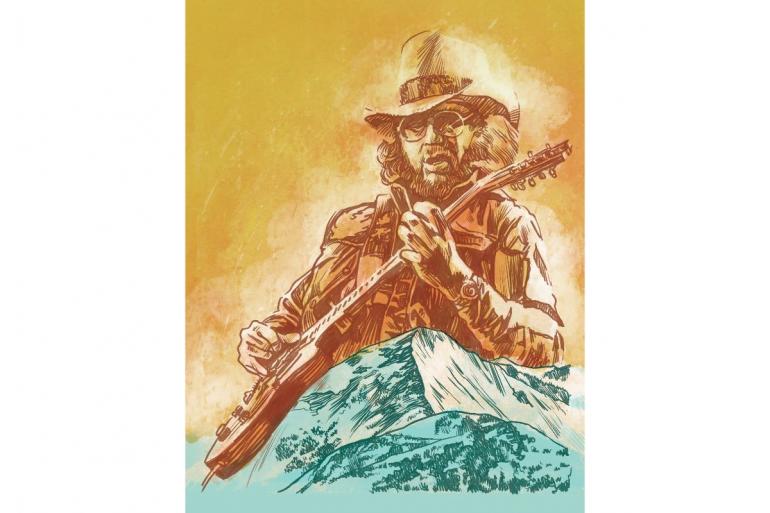
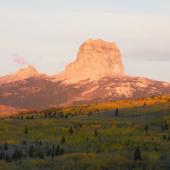

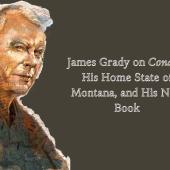

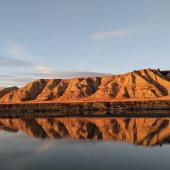
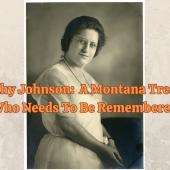






Leave a Comment Here